Kompas: 让城市吸水,以减少洪涝
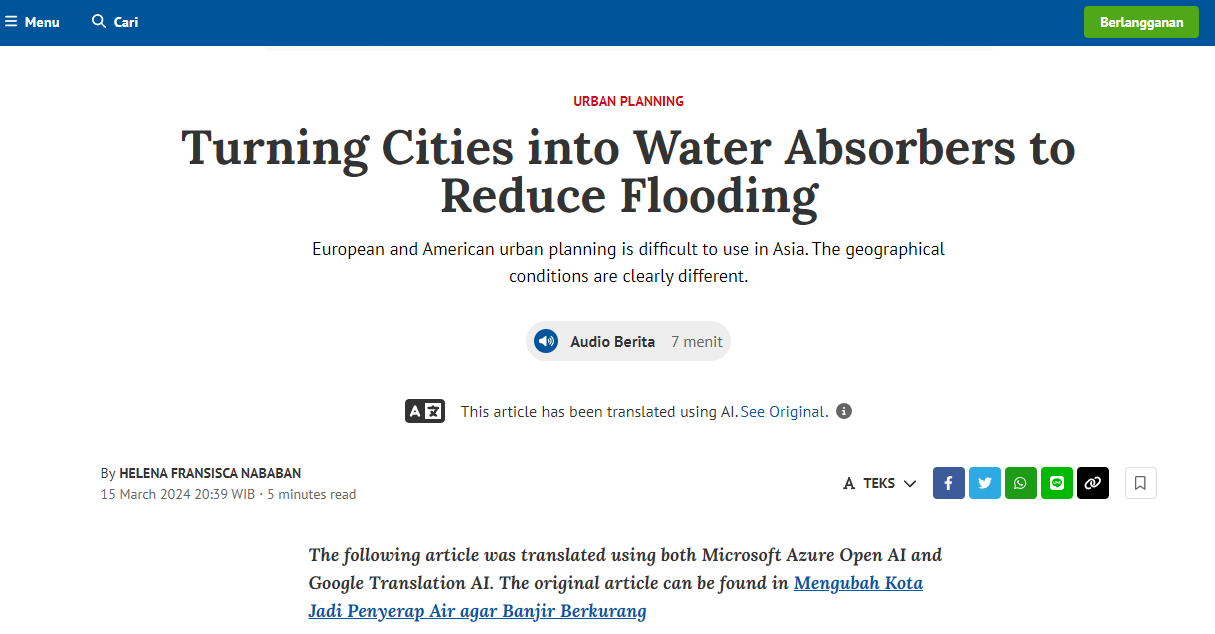

Floods inundate Herat, Afghanistan, Wednesday (13/3/2024).
Floods are increasingly affecting various cities around the world. Various methods are taken to prevent and mitigate its impact. One of them is making the city like foam that absorbs water or sponge city.
The European Union requires its members to have flood risk mitigation plans. These plans must be reviewed every six years to ensure they are up to date with current conditions. In a statement on Wednesday (13/3/2024), the European Commission deemed Greece to have failed to fulfill this obligation. As a result, the European Commission is taking legal action against Athens in the European Court.
Also read: More than 180 people died due to flooding in Western Europe
Since cities were built thousands of years ago, flooding has been an ongoing problem. "Techniques developed in European countries cannot adapt to the monsoon climate," Chinese urban planning expert Yu Kongjian told the BBC.
Learning architecture and urban planning in the United States, Yu is convinced that the European and American urban planning systems are difficult to implement in Asia. The geographical conditions are clearly different. Unfortunately, various cities in Asia instead mimic the urban planning of Europe and North America.
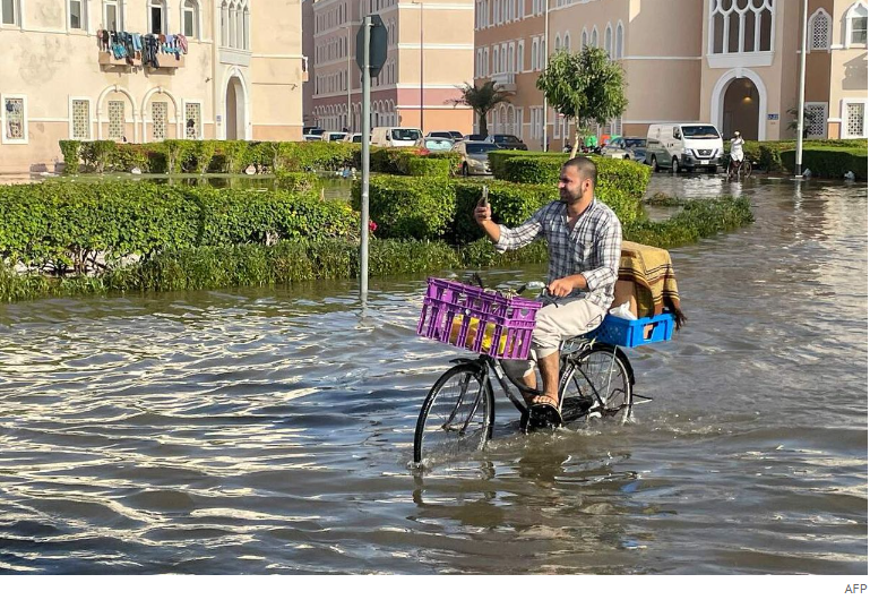
Parts of Dubai, United Arab Emirates, were submerged on Sunday (10/3/2024).
This is exemplified by the way flood management is handled. Many Asian cities choose to build networks of pipes and drainage channels as numerous and large as possible. This is just like European and American cities.
In the early 21st century, Yu proposed a different concept: a foam city or an area that absorbs as much water as possible. He likened the region to foam that absorbs water.
Also read: Only 13 of 654 Big Cities in China are Safe from Floods
The area is designed to put as much water rain into the ground as possible. Even though it still uses channels, the design also makes use of open space, absorption areas, and absorption wells. The river flow is made to meander and the banks are provided with water absorbing areas.
"The winding stream also adds to the expansion of green open spaces, parks, and wildlife habitats. The surrounding vegetation can absorb toxic substances from the absorbed rainwater."
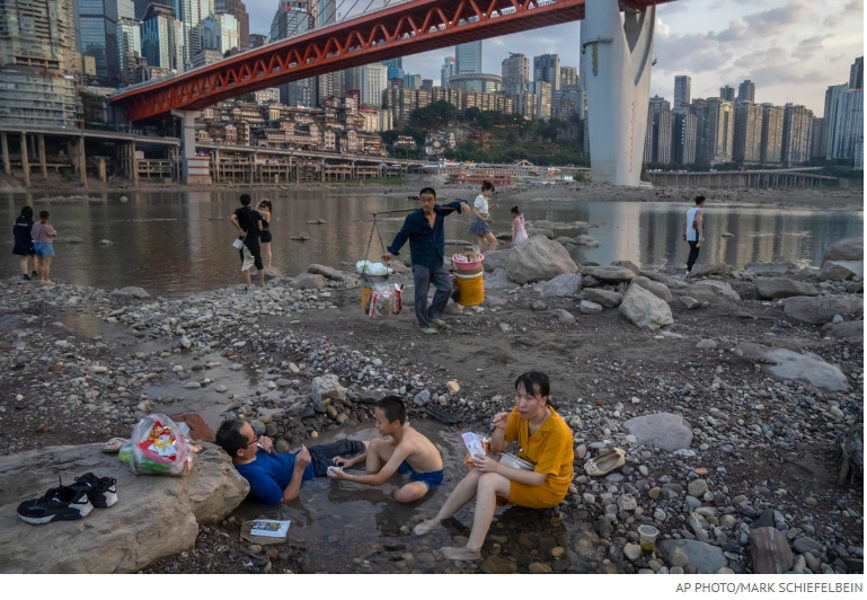
The atmosphere along the banks of the Jialing River, a tributary of the Yangtze River in the southwestern city of Chongqing, China, in August 2022.
Yu emphasized that the implementation of this concept must be comprehensive. Otherwise, the concept will appear to have failed. The riverbank and the area around the water reservoir must not be concrete. The surface of the soil should not be covered with materials that prevent water from entering the ground. Equally important, areas that are naturally low and serve as waterways should not be used for settlements or commercial areas.
Also read: Major Floods Submerge Several Areas in China
With a budget of 1.7 billion US dollars, the city of Wuhan in China is implementing this concept. Instead of using concrete or asphalt to hold water, the roads and sidewalks are made of materials that allow water to penetrate the ground.
Other applications
For Yu, the concept can be applied in Indonesia which is prone to flooding. Not all cities in Indonesia have implemented it. In Law Number 3 of 2022 concerning the State Capital City, it is mentioned that the Nusantara State Capital City will also implement the concept.
Also read: IKN Sponge City and the Challenges that Follow It
The concept encourages cities to restore nature, making them more livable. "Similar concepts have also been implemented elsewhere. Basically, this foam city concept solves urban problems by utilizing natural processes," said Nirmal Kishnani, a sustainable city planning expert at the National University of Singapore.
Singapore achieved this through a restoration project in the Bishan-Ang Mo Kio area. The concrete along the Kallang River Bank was dismantled and the flow was curved. There are a total of 62 hectares of open land in the 3.2-kilometer area. As a result, biodiversity has increased by 30 percent. The flooded areas are concentrated around the river and recede quickly.
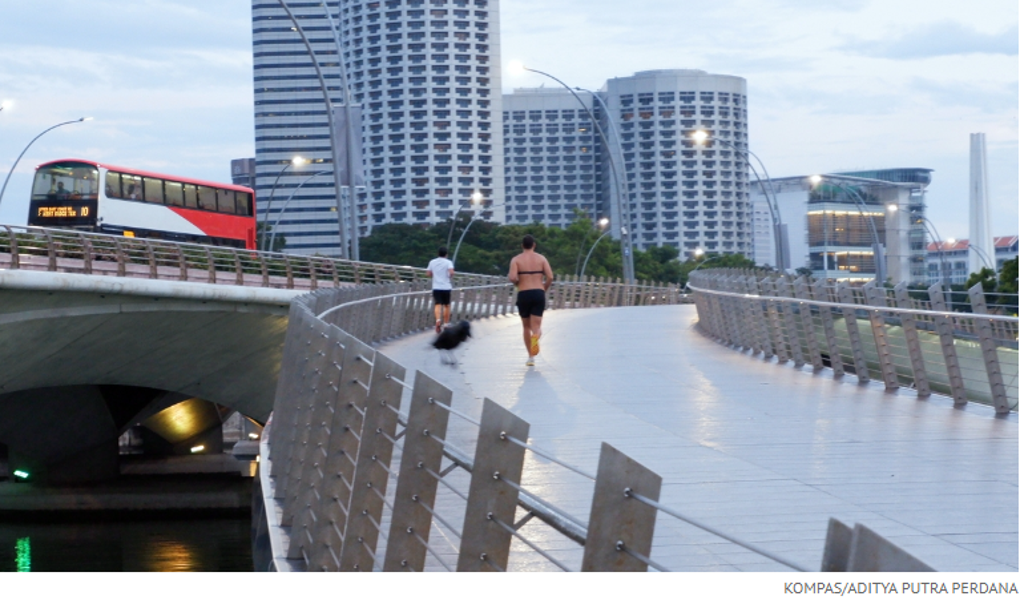
Sports activities, where there were also crows, took place in the Taman Merlion area in Singapore on Friday (4/11/2022).
Meanwhile in Denmark, as reported by Deutsche Welle, the concept was implemented in Copenhagen following the 2018 flood. Copenhagen rearranged 250 locations to be open areas to absorb water.
Jan Rasmussen was assigned to lead the team of urban planners. They utilized the ability of trees, shrubs, and land to contain and absorb water. There are a dozen ponds designed around the airport to capture water during rain. If necessary, excess water will be channeled into underground drains.
Also read: Geological Hazards Still Threaten the Archipelago's Capital
Rasmussen still uses the pump system. If various reservoirs are already full, the pump assists in directing the water to the sea faster while also infiltrating it into the ground.
Restructuring is targeted to be completed in the next three years. The challenges, among others, include obtaining approval from residents. This is because the park is used as a reservoir for excess water during heavy rain. This makes it impossible for residents to access the park while it is still flooded.
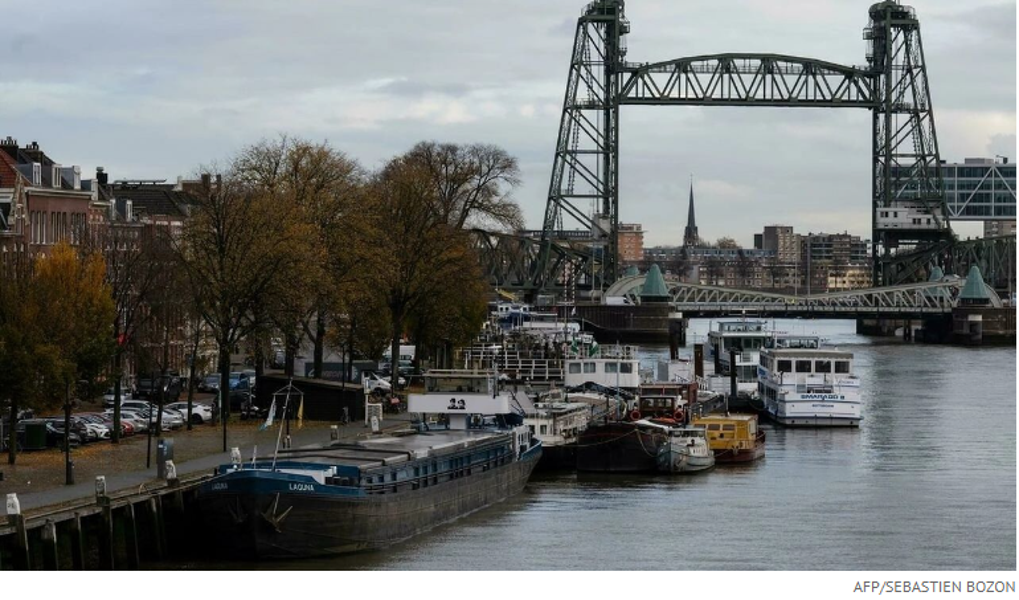
Koningshaven Bridge, also known as De Hef by the residents of Rotterdam, Netherlands, November 2021.
Meanwhile in Rotterdam, Netherlands, the concept utilizes the roof of buildings. It requires the permission of the building owner or occupants to use their roof to capture as much water as possible.
Various other cities in Europe have also implemented this concept. Because, the concept is said to be more sustainable and adaptable to the increase in rainfall. (Note: No forbidden words found in this article)
Also read: Entering Summer, Australia is Hit by Floods
For countries with extreme weather like Australia, the concept is beneficial. Because there are times when Australia experiences drought, followed by flooding at other times. Australian cities strive to absorb excess water during rainy seasons so that it can be used during dry seasons.
Indeed, there are still questions surrounding that concept. The Beijing 2023 and Zhengzhou 2021 floods show that the concept has not fully succeeded. Some experts claim that the concept is only able to absorb water if the average rainfall is 200 millimeters per day. In the Beijing 2023 flood, rainfall reached 745 millimeters. Meanwhile, in Zhengzhou, rainfall reached 200 millimeters in just an hour.
"Perhaps only suitable for light or small stormy rains. However, with the current extreme weather conditions, we still need to combine it with infrastructure such as water channels, pipes, and tanks," said flood management expert at the University of Nottingham Ningbo Campus in China, Faith Chan. (AFP/REUTERS)
